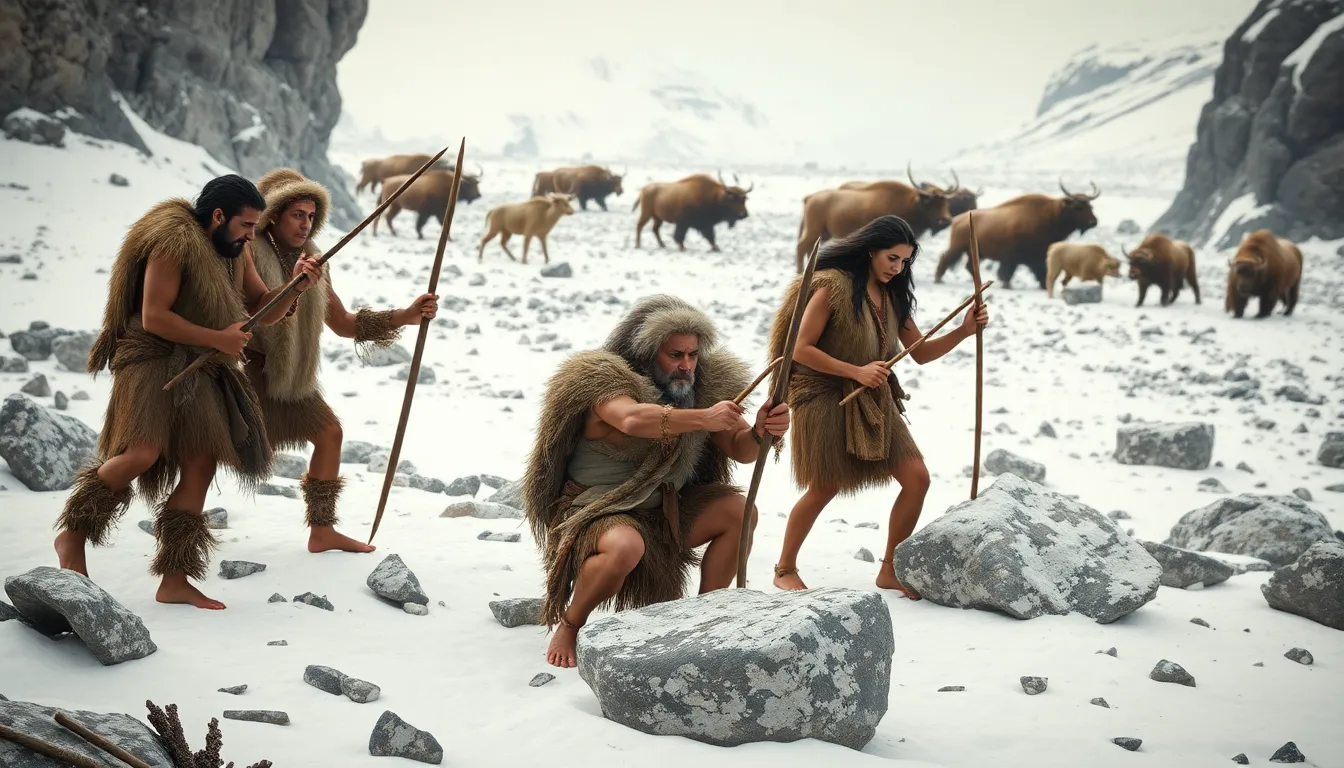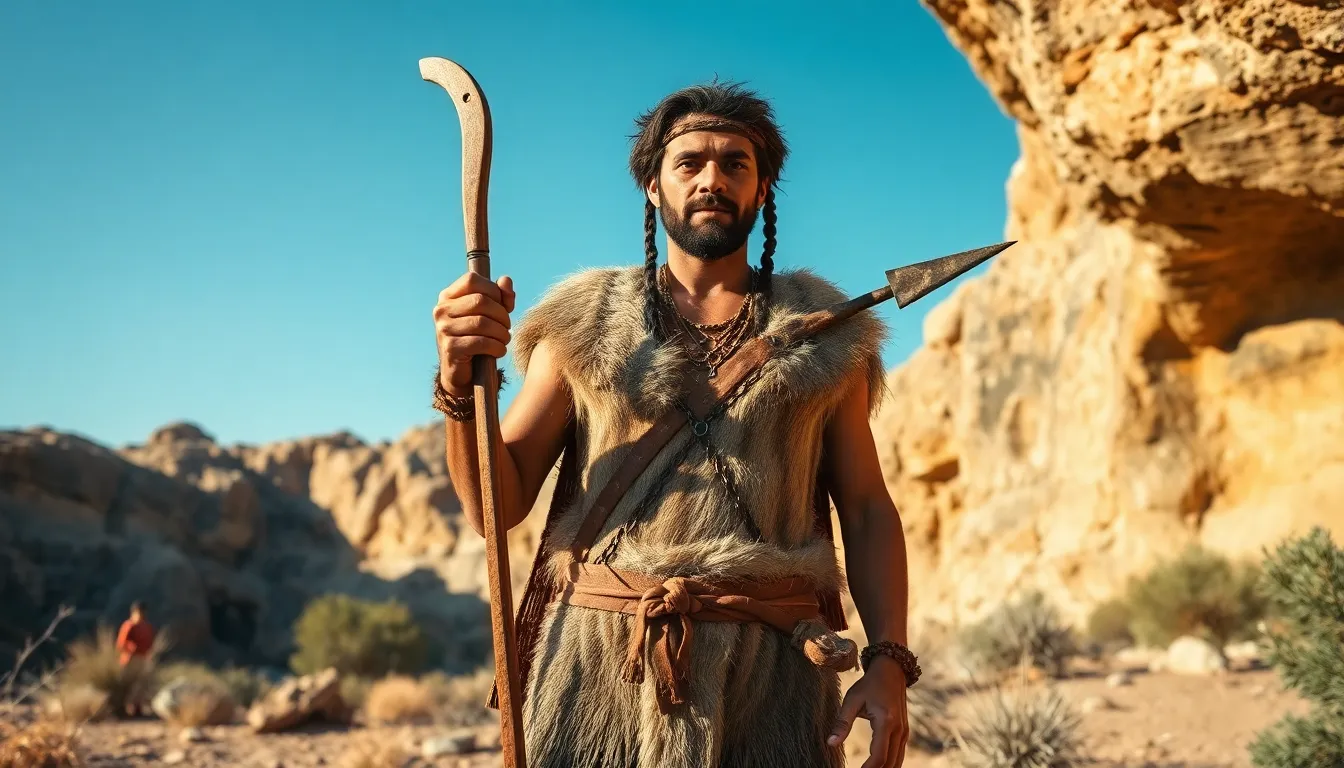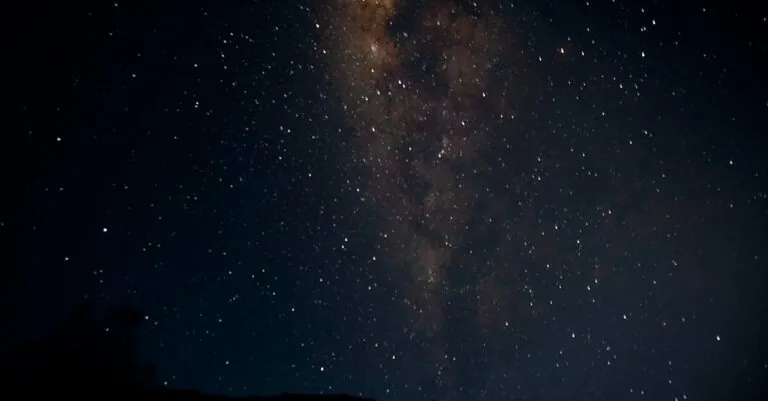Ever pondered what life was like 15,000 years ago? While many of us struggle with the complexities of choosing a coffee flavor, the people of the Magdalenian culture were busy mastering their environments in ways that would make today’s survivalists nod with admiration. This fascinating period, roughly spanning from 17,000 to 12,000 years ago, offers a glimpse into a vibrant world filled with innovation, artistry, and a strong sense of community. Let’s embark on a journey through time and explore the intricate tapestry of the Magdalenian culture.
Table of Contents
ToggleHistorical Context of Magdalenian Culture

The Magdalenian culture emerged during the Upper Paleolithic period, following the Gravettian culture. Dating roughly from 17,000 to 12,000 years ago, it was a time marked by significant climatic shifts, particularly the last glacial maximum. As the world transitioned into a cold environment, the people adapted remarkably to the challenges presented by their surroundings. This era provided fertile grounds for advancements in tool-making and hunting techniques, vitally important for a culture dependent on the rich game of the time, including reindeer, horses, and bison. Archaeologists believe that a key factor in their survival was their skill in exploiting seasonal resources, allowing them to thrive in harsh conditions.
The dynamics of prehistoric life were constantly evolving. Social structures formed as small groups began to share resources, resulting in the formation of more intricate societies. Gradually, these communities relied less on mere survival instincts and more on cooperation and strategy. The Magdalenian people were not merely hunters: they were innovators, thinkers, and artists, with their cultural practices influencing subsequent layers of human history.
Geographical Distribution and Key Sites
The Magdalenian culture primarily flourished across Western Europe, with significant sites scattered in modern-day France, Spain, Portugal, and parts of Italy. The Lascaux Caves in southwestern France stand out as a prime location where exquisite cave paintings showcase their artistic prowess. Often referred to as the Sistine Chapel of prehistoric art, these caves offer breathtaking depictions of large animals, showcasing not just survival but also spiritual beliefs entrenched in their daily lives.
Meanwhile, the Altamira Cave in Spain similarly reveals stunning polychrome rock paintings, undeniably affirming the cultural significance of visual expression for these ancient peoples. Beyond artistic contributions, archaeologists have unearthed numerous artifacts in locations such as Niaux and Font de Gaume, providing intriguing insights into their daily routines, rituals, and hunting practices.
Art and Symbolism in Magdalenian Culture
Art formed the cornerstone of Magdalenian culture, driving both expression and communication among its people. Carvings, engravings, and paintings emerged as essential forms of cultural expression. The iconic cave paintings depict various animals, often believed to hold mystic significance and possibly reflecting their hunting practices. These artworks communicate a profound respect for the creatures that shared their environment, a fascinating aspect often overlooked in the narrative of early humans.
Plus to animals, anthropomorphic figures and symbols have been discovered, suggesting that symbolism played a key role in their worldview. Some interpretations suggest that these representations aimed to evoke spirituality or serve as charms for successful hunts. Such artistic endeavors connected the Magdalenian people with their surrounding environment and laid the foundation for subsequent artistic traditions.
Technological Innovations of the Magdalenian People
The technological advancements of the Magdalenian culture are impressive, particularly in tool-making. Enhanced flint technology emerged during this period, with tools crafted for precision and versatility. The introduction of barbed points, awls, and blades significantly increased hunting efficiency, equipping these ancient peoples with the means to better exploit their environments.
Also, advancements in the crafting of bone tools reveal creativity and resourcefulness. Items like the atlatl, an early spear-throwing device, provide insights into the hunting strategies employed by the Magdalenian tribes, enabling them to cover greater distances and take down larger game. These innovations reflect not just survival tactics but also a sophisticated understanding of materials and environments.
Social Structure and Lifestyle of the Magdalenian Herders
Social structures during the Magdalenian period appeared to embody a mix of communal and family-based living arrangements. Groups often formed small bands, fostering cooperation in hunting and gathering activities, which brought mutual benefits. These dynamics encouraged social bonds while highlighting the importance of shared resources and communal living.
Also, the Magdalenian people practiced seasonal migration, following herd movements and adapting to rapidly changing climates. They engaged in varied subsistence strategies, transitioning from hunting large game to fishing and foraging in warmer months. Evidence suggests that they developed a nomadic lifestyle, with temporary encampments near key resource areas, reflecting their deep connection to the land they inhabited.
Cultural Significance and Legacy
The cultural significance of the Magdalenian culture extends far beyond their time. They laid the groundwork for future civilizations, influencing tools, art, and social organization. The reliance on artistic expression underscores a key aspect of what it means to be human, the innate drive to create and share stories.
This culture also foreshadowed the transition toward agricultural communities in the Neolithic era. By mastering their environment and establishing social networks, the Magdalenian peoples set the stage for the development of more complex societies. Their legacy includes enduring rock art that continues to inspire awe, along with a wealth of archaeological findings that contribute to our understanding of prehistory.




